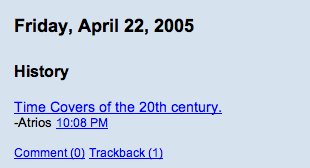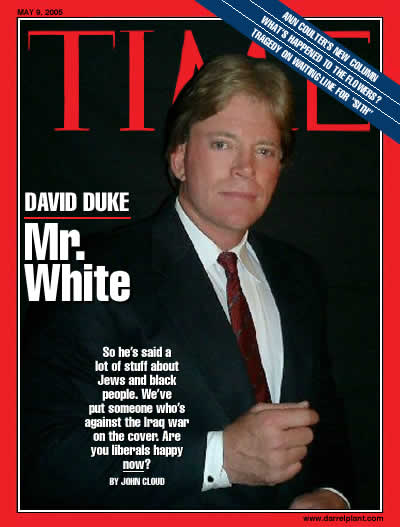It’s difficult to tell whether John Micklethwait and Adrian Wooldridge (writers for The Economist) were simply ignorant or deliberately deceitful in their syndicated opinion piece on European entrepreneurism seen through the lens of the wildly-successful British television series “The Office” and its currently-running American version.
The conceit of both shows is a mock documentary filmed in the divisional branch of a paper supplies company, run by an inept manager (played by Ricky Gervais, the show’s co-creator in the BBC version, and by former The Daily Show With John Stewart operative Steve Carell on NBC). The character (David Brent in the UK, Michael Scott in the US) is supremely confident in his own abilities. He believes he’s not only incredibly funny, but that he’s musically talented, and that everyone who works for him loves him and loves their job because of him. On this point he’s completely wrong. Seeing him screw up his office and the lives of the people who work under him in either version is one of the most cringe-inducing television experiences next to watching surgery. The character’s not a complete jerk — he seems to believe he’s doing a great job — but you can see the train wreck coming if you’ve got any brains.
Micklethwait and Wooldridge don’t seem to have ever watched the show, however. Or if they did, they appear to have gotten an entirely different message out of it. In their analysis, “Britons immediately identified with David Brent, the work-averse boss in the Slough office of the paper company Wernham Hogg, was because his casual ‘It’s just a giggle, really’ attitude to management reflected their own prejudice.” Oh, really?
While there is a section of the BBC site dedicated to Brent “lookalikes,” the original series rarely cast David Brent in a positive light. He was someone everyone laughed at, not with, and was certainly not portrayed as someone who should be emulated. Toward the end of the show’s run, the employees of Wernham Hogg are referring to Brent as “Bluto” and “Mr. Toad.” The first line of a 2003 Telegraph interview with Gervais reads: “Ricky Gervais is loved by audiences almost as much as David Brent, his most successful creation, is loathed.” Perhaps the character does represent British prejudices, but about managers rather than about work in general.
To anyone who actually watched the shows, the point should have been ground in by the ascension of Neil Godwin, Brent’s counterpart at another branch of the company in the second season. Godwin is given a position superior to Brent’s when the offices are merged, and he proves to be everything Brent is not: genuinely funny, professional, and caring about others. The relief among the workers when he takes charge and Brent is eventually “made redundant” is palpable.
Given these omissions and the bizarre conclusions they reached about why The Office was a hit in Europe, it’s a bit difficult to give any credulity to Micklethwait and Wooldridge’s argument that the European focus on quality of life is holding them back from entrepreneurship & mdash; unless, of course you’re Kevin Drum, who hasn’t watched it yet but thnks “they seem to be on the right track.”
Micklethwait and Wooldridge say “Brentism helps explain why Europe has no Silicon Valley, no Bill Gates, no Warren Buffett.” They have, however had people like Karl & Theo Albrecht (self-made German magnates who own Trader Joe’s, part of Albertson’s, and were listed at #3 on Forbes’s 2003 list of “The World’s Richest People”, right after Gates and Buffett) as well as four other members of the top 20 slots that year. As for Silicon Valley, it’s difficult to know whether they’re referring to the chip manufacturing (much of which is now done in Asia) or the software development (much of which is now done in Asia).
If anything, “The Office” might be seen as the perfect mirror for the current US administration — far better than any “Saturday Night Live” skit or the sophomoric comedy of the mercifully short-lived “That’s My Bush.” While Micklethwait and Wooldridge figure that Americans “don’t really ‘get’ the humor of ‘The Office’,” what is there not to “get” about the story of an incompetent, deluded guy who’s in charge of the lives of people who have to manage to survive despite his blunders? Oh, we get it.






